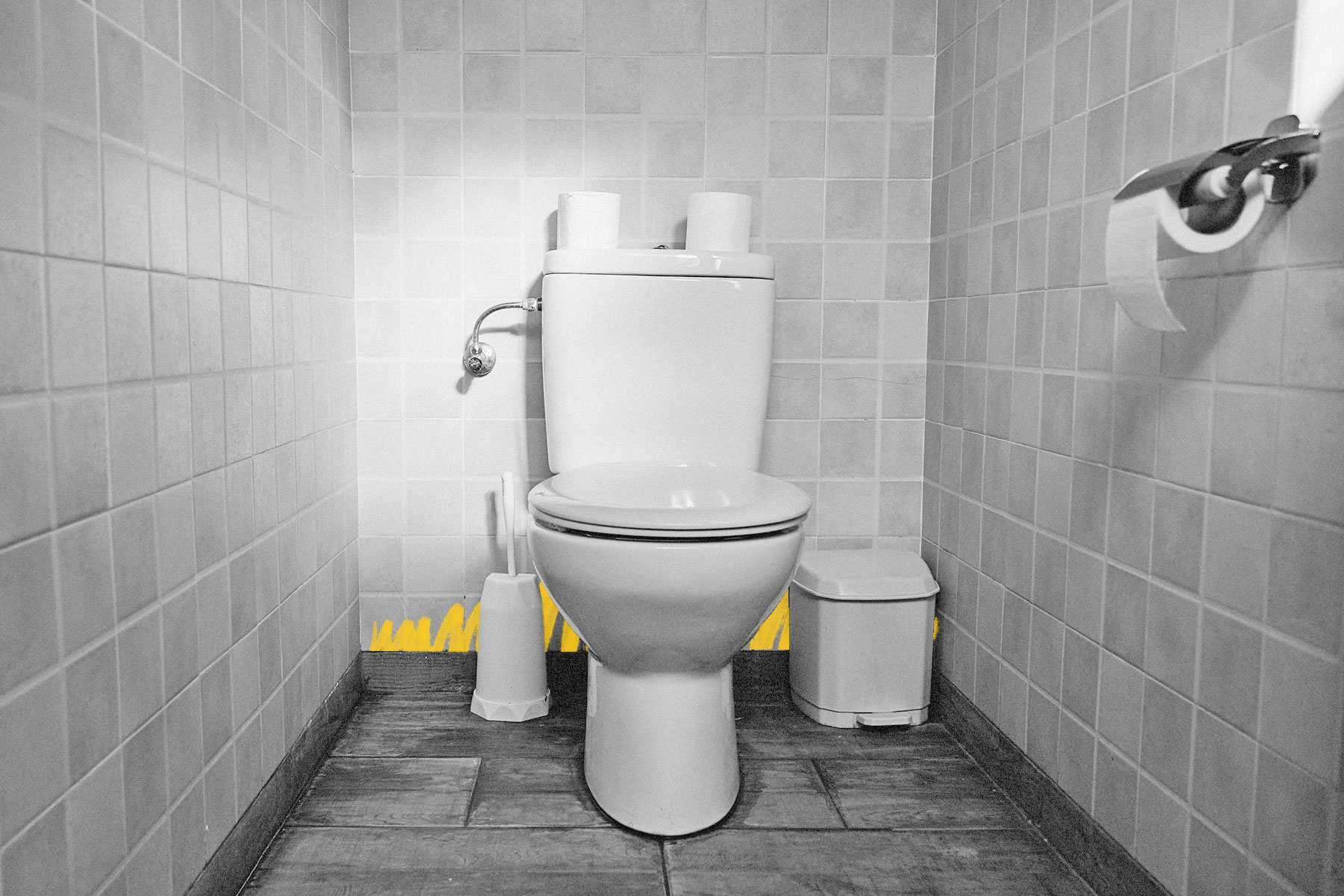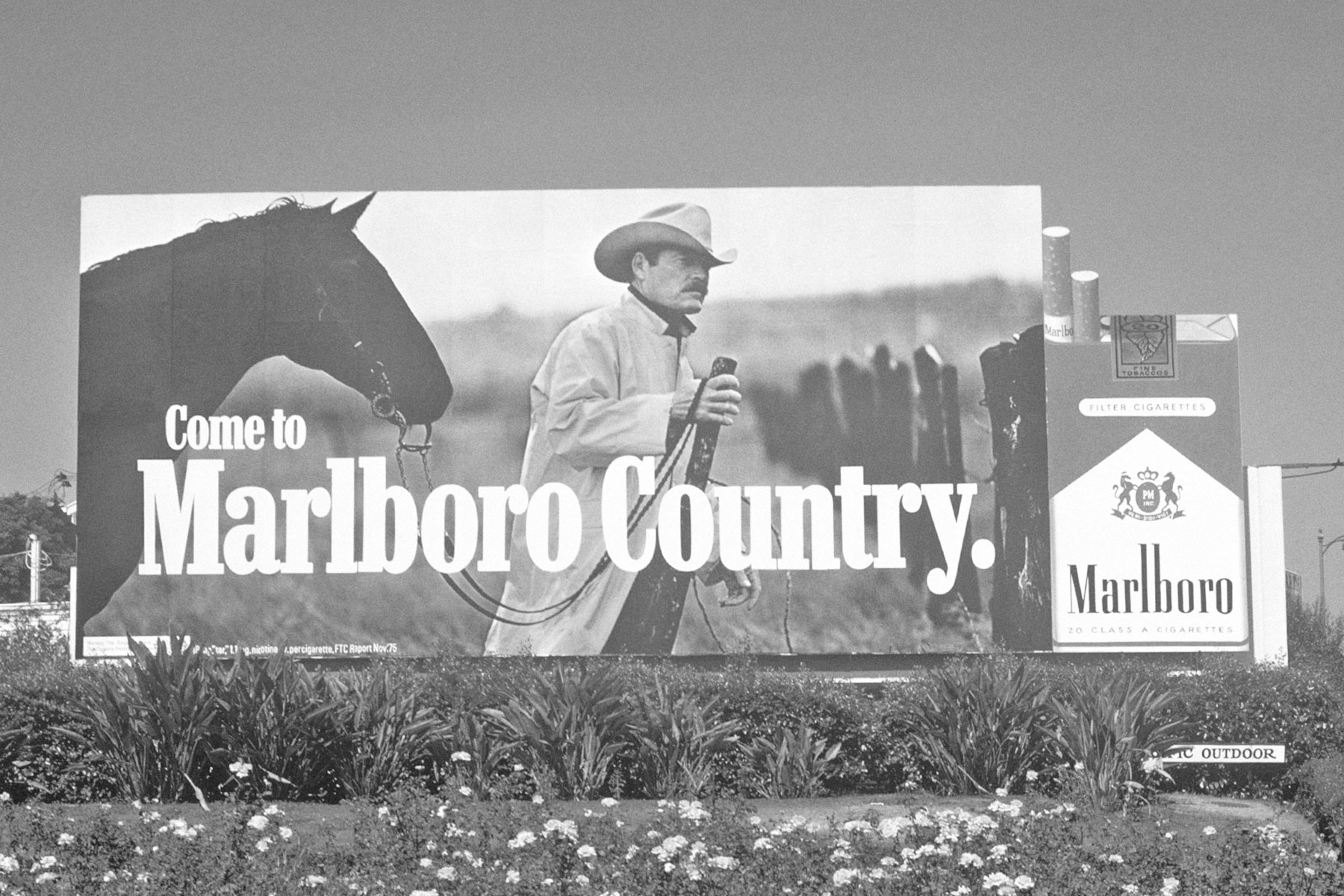 |
Bathrooms didn't exist until the 19th century. |
Science & Industry |
 |
| |
| By the late 1800s, most upper-class homes in the United States and the U.K. were outfitted with a tub, toilet, and sink, and middle-class homes followed soon after. In the wake of the First World War, bathrooms became increasingly common in working-class households, but still weren't universal in the United States until the middle of the 20th century. Advances in plumbing led to the mass-production of the affordable, two-piece toilets still used today, and made the bathroom a household staple. | |
 | |
 | |||||||||
By the Numbers | |||||||||
| |||||||||
| |||||||||
 | |||||||||
| |||||||||
Queen Victoria brought bathrooms to Buckingham Palace. | |||||||||
| Since indoor plumbing was still in its infancy at the time, London's Buckingham Palace lacked a three-piece bathroom when Queen Victoria arrived in 1837. In the late 19th century, a sanitary engineer named Thomas Crapper developed the refillable tank and opened the bathroom fittings showroom — a venue in which bathroom fittings were displayed and available for purchase. This boosted the market for indoor plumbing and helped make toilets acceptable to the upper class. Concealed plumbing also made flushing toilets more aesthetically pleasing, and as bathrooms grew in popularity, so did their number at Buckingham Palace. After adopting the Optimus — a toilet created in 1870 whose pipes were concealed by a large chair — Queen Victoria arranged for full bathrooms to be installed at the royal residence in the late 1880s. Today, the palace boasts 78 working bathrooms. | |||||||||
 | |||
Recommended Reading | |||
 | |||
| | |||
 | |||
| | |||
| + Load more | |||
| |||
| |||||||||
| Copyright © 2023 History Facts. All rights reserved. | |||||||||
| 700 N Colorado Blvd, #513, Denver, CO 80206 | |||||||||
|





No comments:
Post a Comment